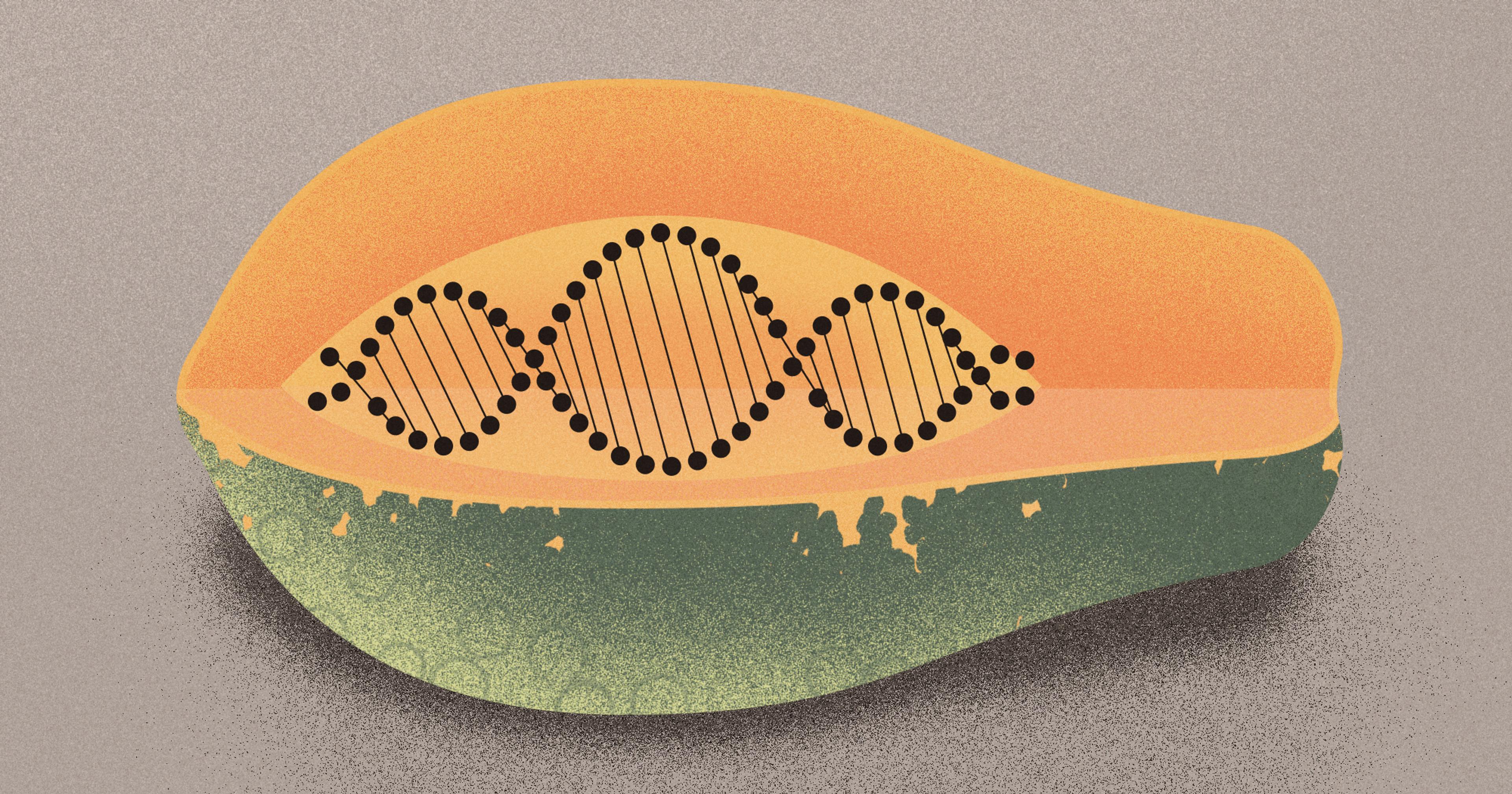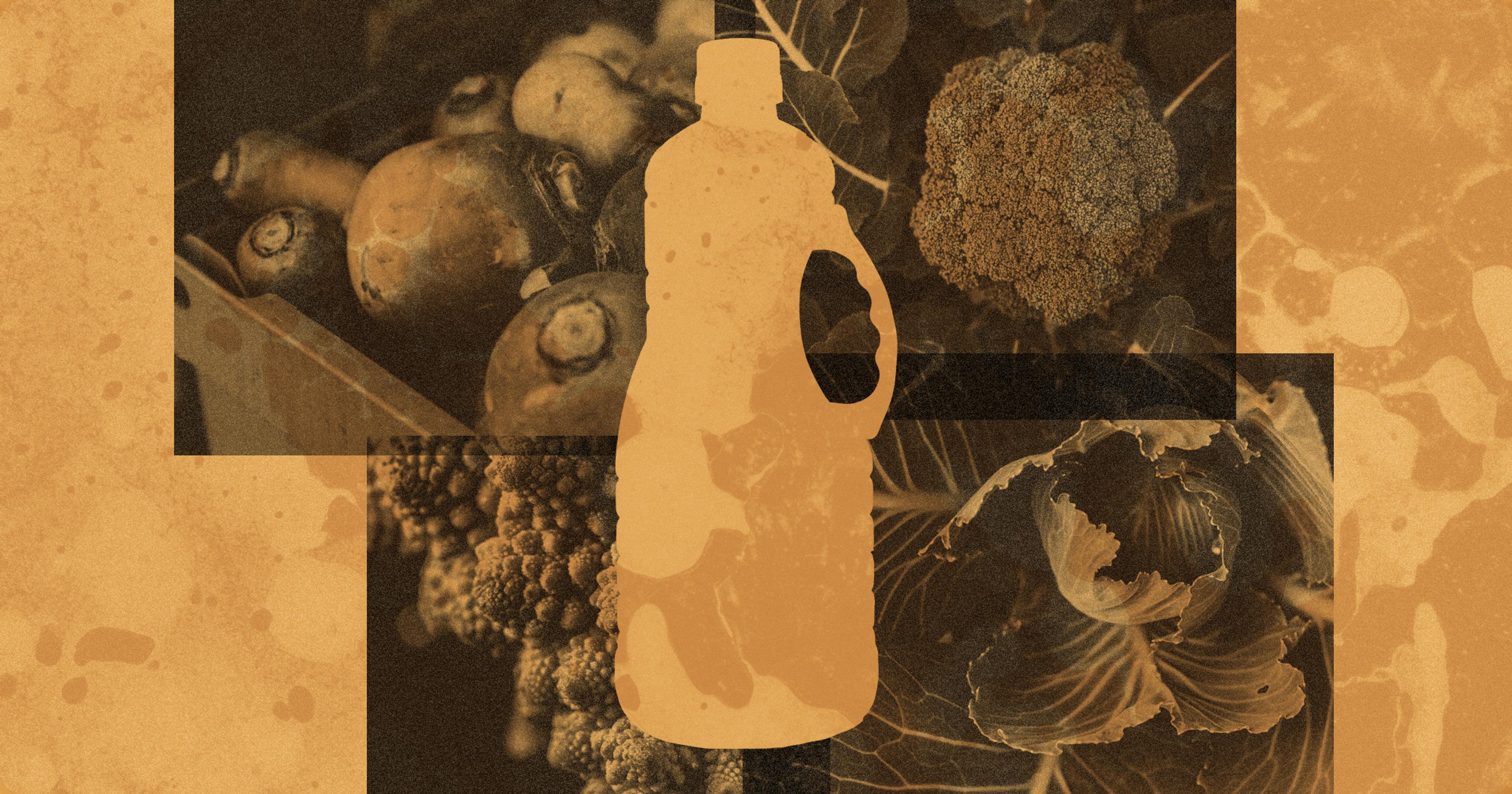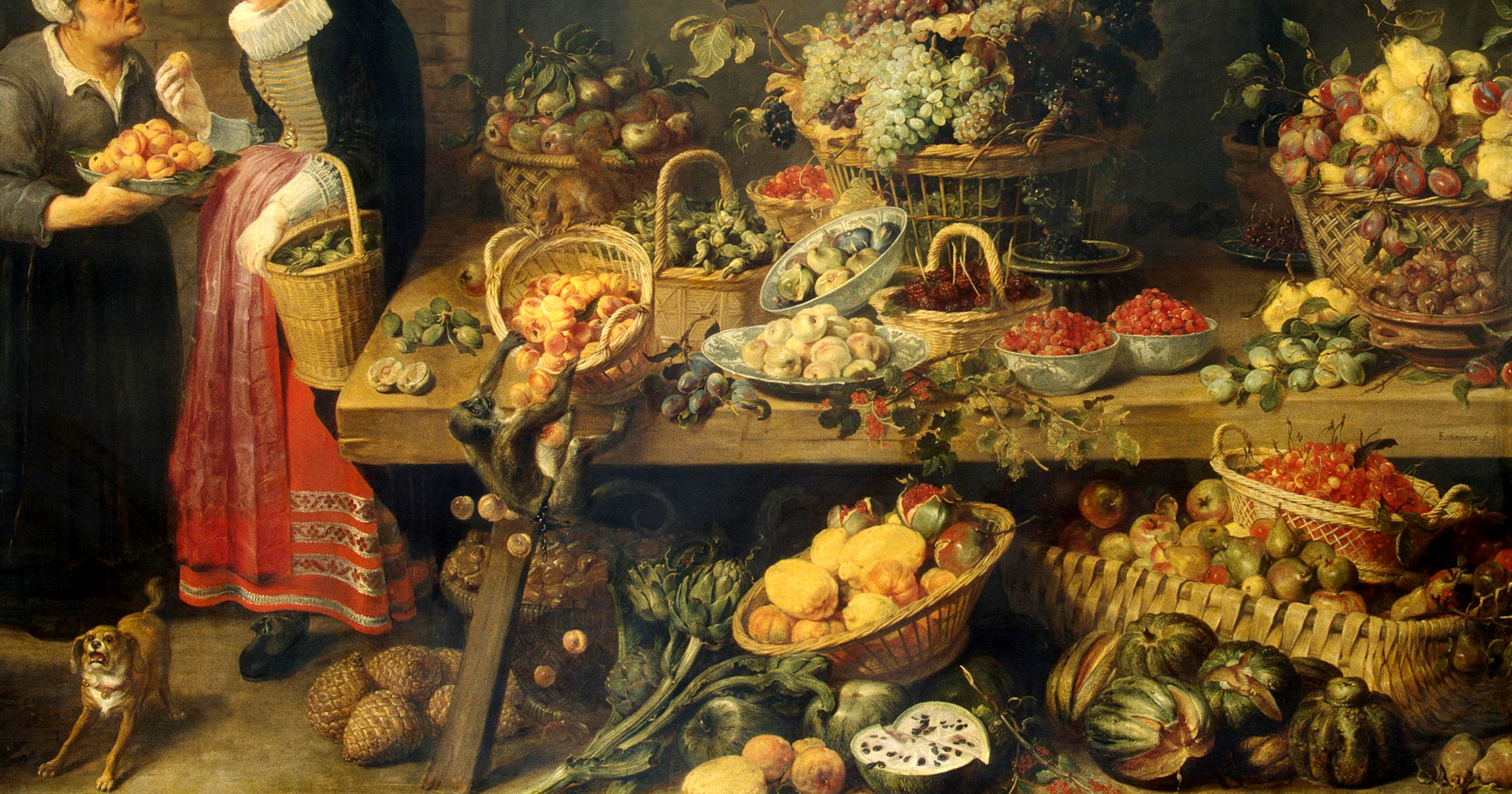It’s time to liberate the conversation about genetic engineering from stagnant ideology.
You know the little raincloud that hovers above a character’s head in a cartoon? For someone who works on how to use genetic engineering to tackle climate challenges, that raincloud is Roundup Ready crops. When engaging diverse audiences about genetic engineering for creating climate-resilient traits like drought tolerance or disease resistance, the first question is frequently, “But what about Roundup?” Frustratingly, this response is often from colleagues with whom I share common goals like restoring soil, improving water quality, conserving biodiversity, and reducing waste.
One of the first genetically engineered products to enter the market, Roundup Ready crops contain bacterial DNA that makes the plants tolerant to the herbicide glyphosate (commercially known as Roundup). Leaving aside technical arguments about the pros and cons of Roundup Ready, this application of genetic engineering has gained an overwhelmingly negative connotation among environmental advocates, in large part due to controversy over potential health and environmental risks of glyphosate and dislike of the company that launched it — Monsanto.
Within the context of the contemporary environmental movement that fought against the use of synthetic chemicals and the control of large corporations, the pushback against Roundup Ready crops is hardly a shock. But not all genetic engineering follows the trajectory of Roundup Ready.
Case in point is the Rainbow papaya, which was developed around the same time as Roundup Ready. Papaya ringspot virus (PRSV), a devastating disease, was ravaging Hawaiian papaya in the 1990s. With considerable financial support from the U.S. Department of Agriculture, scientists generated resistance to the disease by inserting a gene from a mild strain of the virus into the papaya genome. These engineered papayas resist the virus without any chemicals, and instead of being commercialized by a company, they were originally placed under the control of a group of Hawaiian papaya growers. Released at no cost in 1998, the Rainbow papaya comprised 50% of the area used for commercial papaya by 1999 and 77% by 2009, saving the Hawaiian papaya industry.
Or consider more recent examples. Genetically engineered blight-resistant potatoes were developed by inserting genes from potato wild relatives into the genomes of cultivated potato varieties. These engineered potatoes could drastically reduce the amount of fungicides currently sprayed to keep blight at bay. Genetically engineered drought-tolerant wheat, first approved for cultivation in Argentina in 2020, could be crucial for climate resilience of one of the world’s most significant crops. Genetic engineering of crop wild relatives or underutilized crops can even help expand crop diversity, an important strategy for reducing vulnerability to climate shocks.
It would seem that environmental activists and organizations would be natural allies of approaches that could decrease pesticide use and improve agricultural sustainability. However, often biased by their negative views on Roundup Ready, these groups have tended to be some of the most outspoken against genetic engineering technology as a whole.
Concerns associated with Roundup Ready calcified into an ideology that stretches far beyond the specific product into a blanket rejection of all genetic engineering, largely under the misguided presupposition that it goes hand-in-hand with chemical use and corporate control. Over decades, despite notable efforts to mend this perception, it has been a challenge for scientists and advocates to persuade others to separate the technology of genetic engineering from one high-profile and controversial example of its use.
It would seem that environmental activists and organizations would be natural allies of approaches that could decrease pesticide use and improve agricultural sustainability.
Even though glyphosate is used in massive quantities without genetically engineered crops in places like Europe; even though Monsanto’s other main product of genetic engineering was designed to reduce pesticide use through insertion of the “Bt” insect-resistance trait; and even though GM crops have been developed that have nothing to do with synthetic chemicals or large agribusiness involvement, the ideology is entrenched.
Today, as many in the environmental space embrace the “regenerative agriculture” movement, it is troubling to see stale anti-genetic engineering rhetoric repeated, once again setting up a false dichotomy between this technology and environmental restoration. As many within the movement will agree, there is no one definition of regenerative agriculture. But anti-genetic engineering stances that reinforce the narrative of chemicals and corporations permeate the rhetoric of leaders in the space.
Take, for example, the well-known regenerative agriculture nonprofit Kiss the Ground, whose website advises: “Corn, soy & potatoes are commonly produced with GMOs, so it’s best to avoid these products unless you see an organic, regenerative, or non-GMO verified certification.” Digging one layer deeper, Kiss the Ground lists The Non-GMO Project, an organization sworn to fight against the use of all genetic engineering in agriculture, as a key partner in their advocacy coalition. The Non-GMO Project states bluntly: “GMOs are a direct extension of chemical agriculture and are developed and sold by the world’s biggest chemical companies.”
With genetically engineered crops already in fields and in the development pipeline that can enhance crop diversity, decrease dependence on fertilizers and pesticides, improve water management, and increase climate resilience, sweeping rejections of the technology appear counterproductive to achieving the goals of regenerative agriculture. It sounds a lot like, “But what about Roundup?” to me.
We have been conditioned over decades, long before genetic engineering became a technical possibility, to see the future of agriculture as an either/or scenario — either we accept “technosolutions” and detach from our connection to the land or we condemn these innovations as a signal that we value our role in ecological processes.
Climate-resilient agricultural transformation will require a convergence of knowledge, not further polarization and exclusion.
This divide was exemplified in the lead up to the 2021 UN Food Systems Summit, when many NGOs boycotted the event because they felt it revolved too much around “high-tech” solutions, including genetic engineering, presented by corporate actors. A prominent critique argued that instead, strategies “rooted in food sovereignty and agroecology” were the path forward for transformative change.
This is a false choice. Climate-resilient agricultural transformation will require a convergence of knowledge, not further polarization and exclusion. Lasting impact will result from combining diverse strategies to achieve common goals.
We need to liberate the conversation about future uses of genetic engineering from stagnant ideology, prioritize evidence-based outcomes, and ensure that farmers can access the tools they need to protect their crops while protecting the planet.
Maybe if we work together, the cartoon rain cloud will become a productive sun shower, bringing context and insight to the discussion of crop genetic engineering, while also cultivating new innovation.
Note: The views expressed in this article are solely that of the author and do not necessarily reflect the views of the author’s organization.










